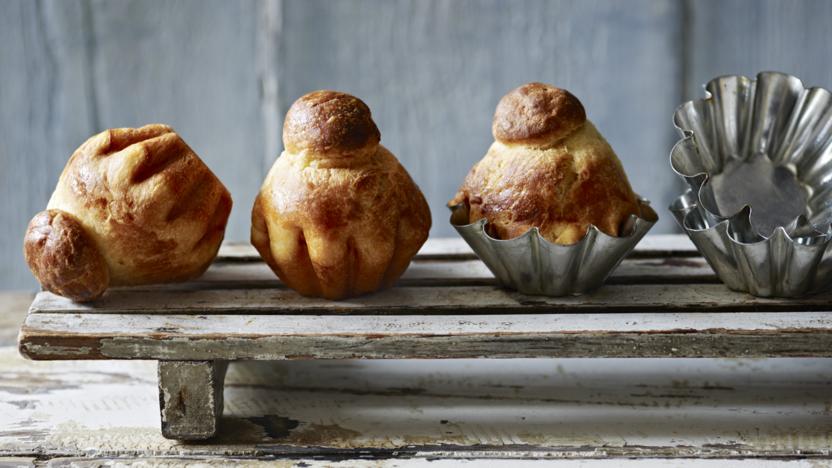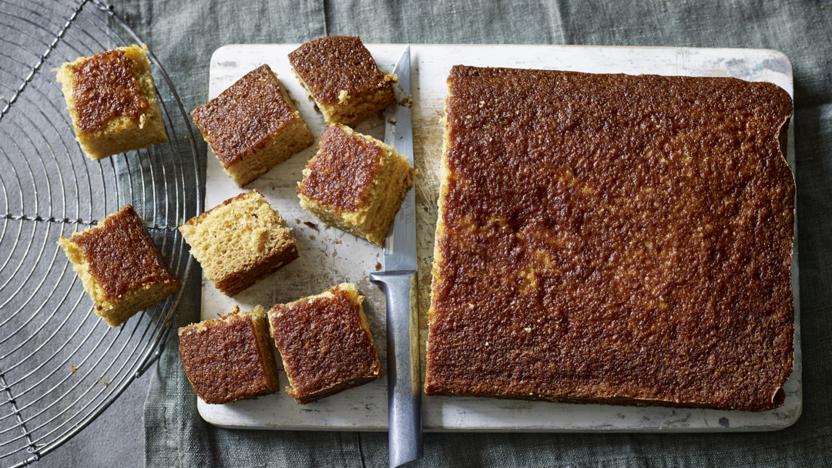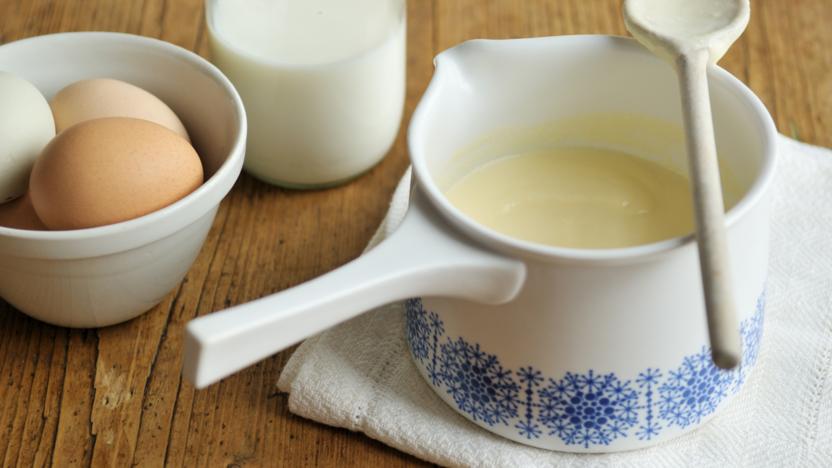Butter recipes
Butter is made from churning cream and is a kitchen essential. Without it, cakes, biscuits and pastries wouldn't have the same melting richness and tender texture. It's also used in many classic sauces, such as beurre blanc, beurre noisette, beurre meunier and hollandaise. Added at the end of cooking, it gives richness and gloss to sauces. With a fat content of 80 per cent, butter isn't exactly diet food, but a little goes a long way.
Old-fashioned English bread and butter pudding started out as a way to use up day-old bread, but now we make it just because it's glorious. Crisp-edged and soft in the middle, this is a cosy pudding you'll want to make on repeat.
Each serving provides 408 kcal, 12.5g protein, 44g carbohydrates (of which 20g sugars), 20g fat (of which 11g saturates), 2g fibre and 0.9g salt.
More butter recipes
Buyer's guide
Butter labelled as 'salted' contains three per cent or more salt; the salt was traditionally added to butter to help preserve it. Salted is best for spreading rather than cooking, allowing the cook to maintain control of the seasoning. 'Slightly salted' butter contains 1-2.5 per cent salt and is more versatile than salted.
Storage
Butter will store for several weeks in the fridge. Make sure it is well wrapped as it can absorb odours and flavours from other, smellier fridge items. You can freeze butter if it is well wrapped. Salted butter will freeze for 12 months and unsalted butter should keep in the freezer for 6 months. Butter can be grated from frozen into flour to make very flaky pastry.
Preparation
Because butter contains milk deposits it can burn easily, so it can be a temperamental cooking medium. Adding some oil (which burns at a higher temperature) to the cooking pan with the butter can help get around the problem. Alternatively, clarifying the butter will make it more stable. For baking, pale, creamy unsalted butter (sometimes called 'sweet' butter) is better than unsalted butter as it allows the cook to control the amount of salt going into the finished dish.
You can make your own butter at home with just cream and a jam jar. This activity will take a little patience and some stamina in the arms as you shake and shake the cream in a jar, but it will all be worthwhile when, quite suddenly, you're shaking a lump of butter.


























